Contents
Nanzen-ji Temple
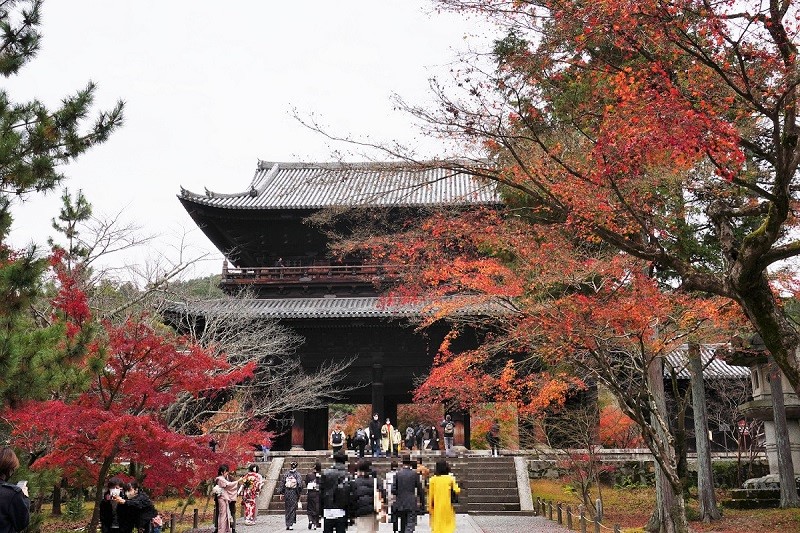
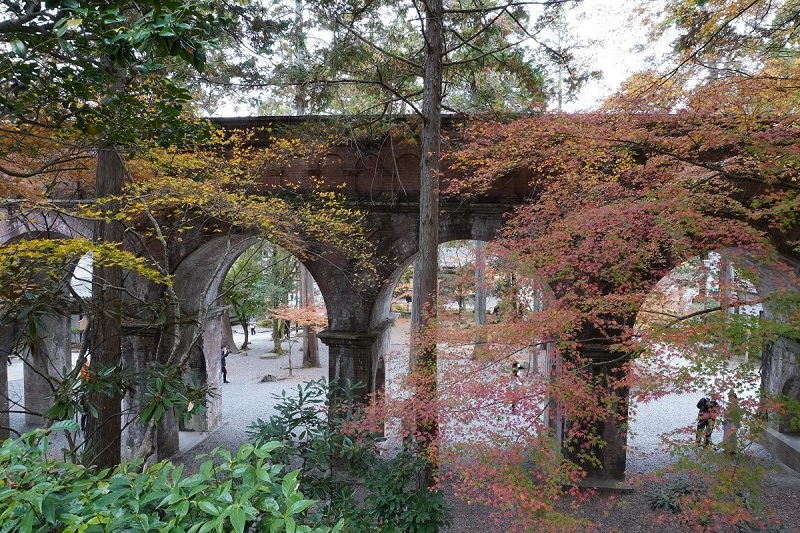
Nanzen-ji Temple which is famous for its Sanmon Gate and brick Suirokaku (water channel), is known as a famous spot for autumn leaves. The bright red autumn scenery that can be seen beyond Sanmon Gate is truly remarkable. It is known as the scenery that Goemon Ishikawa was impressed with. Nanzen-ji Temple was designated as the highest temple of Zen Buddhism by Yoshimitsu Ashikaga, the 3rd Shogun who built the most prosperous era during the Muromachi Shogunate.
History of Nanzen-ji Temple
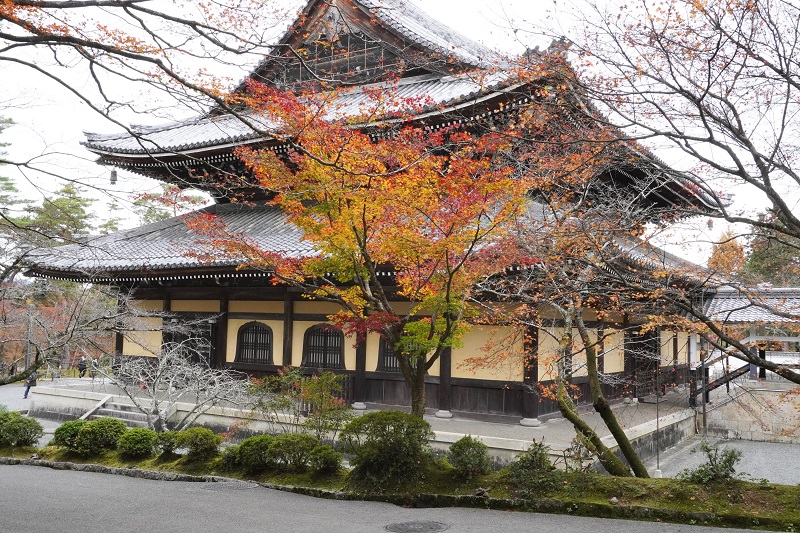
In 1291, Emperor Kameyama, the prince of the Emperor Gosaga, converted the detached palace (Zenrinji-dono Palace) built in 1264 by Emperor Gosaga into a Zen temple. In 1289, Emperor Kameyama became a priest and also became the cloistered emperor.
When it was the detached palace, ghosts appeared frequently, and Mukan Fumon and his disciples did zazen meditation, and drive them out. After that, the temple was founded with Mukan Fumon as the chief priest.
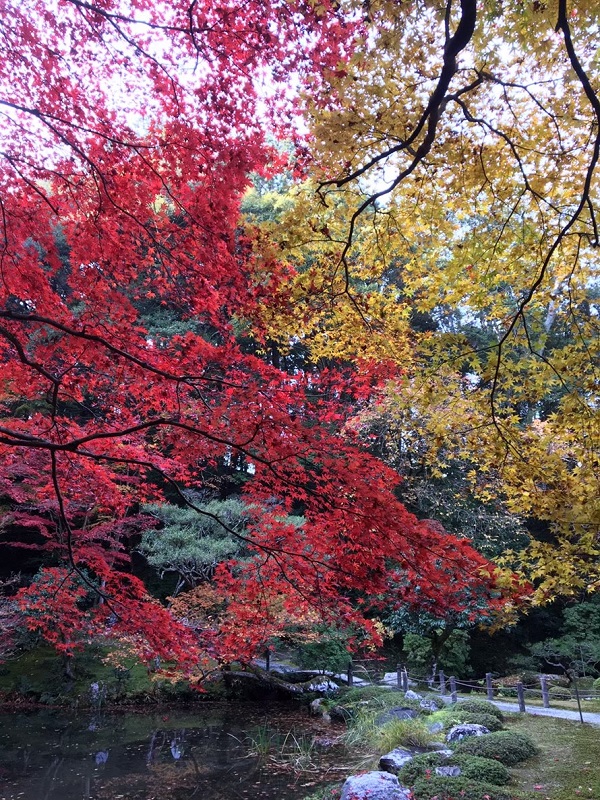
Mukan Fumon died shortly afterwards, and Kian Soen was welcomed as a second priest. He renamed Nanzen-ji Temple and built the Buddhist temple there. The temple was burned down by the Onin War, but it was reconstructed after the Momoyama period.
Sanmon Gate


In the kabuki drama “Sanmon Gosan-no Kiri” Goemon Ishikawa’s famous words ‘What an amazing view’ are in reference to the Sanmon Gate of Nanzen-ji Temple.
It was donated by Takatora Fujiwara in 1628 to mourn the samurai who died in the summer Siege of Osaka. From the gate, you can see the scenic scenery of the four seasons.
Hodo Hall
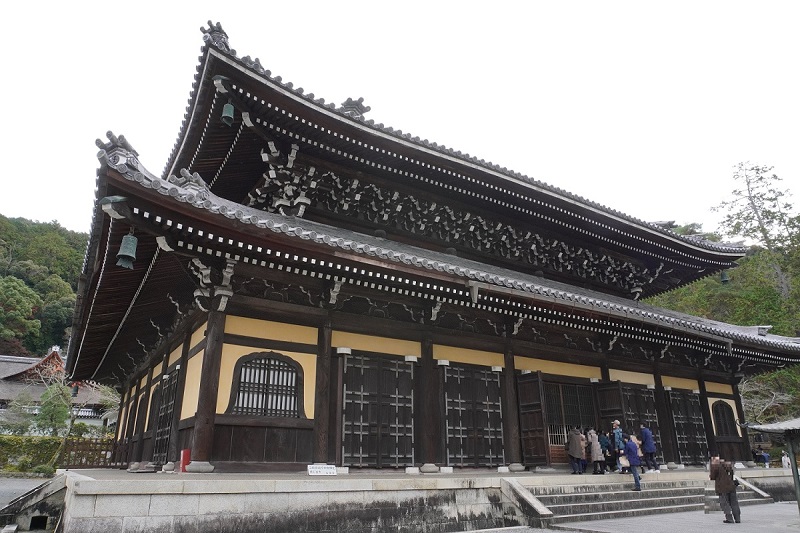
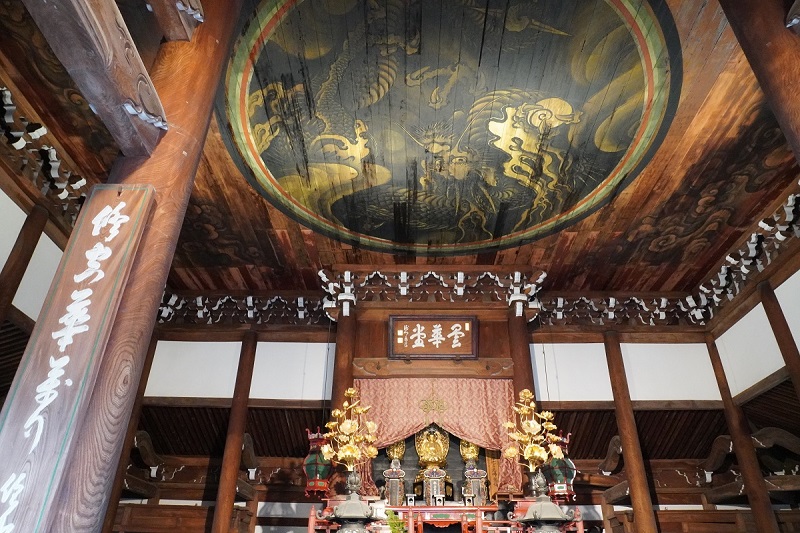
This is the central building of Nanzen-ji Temple. The principal image, Shaka Nyorai statue shines in the center, and bodhisattvas are enshrined on both sides. A magnificent Unryu-zu (painting of dragon and clouds) on the ceiling is the work of Keinen Imao (Japanese painter). It can be seen from outside the building.
Nanzen-in garden
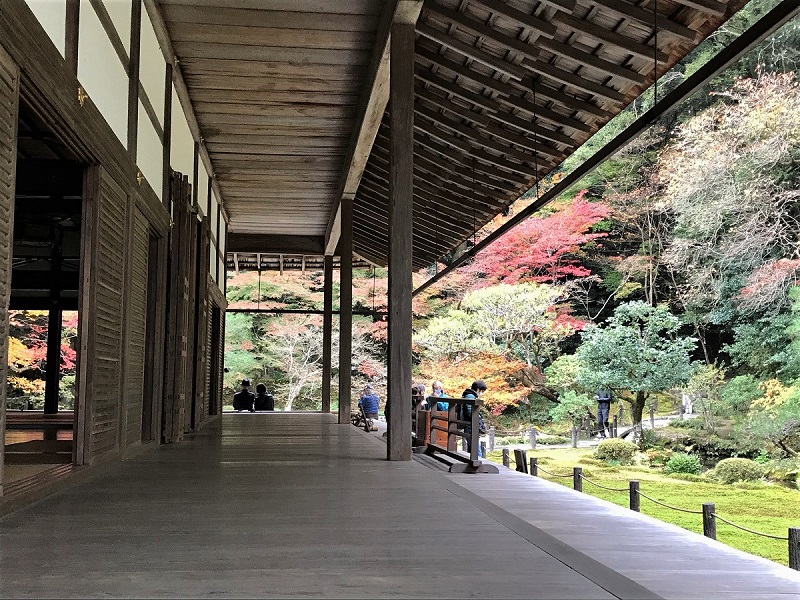
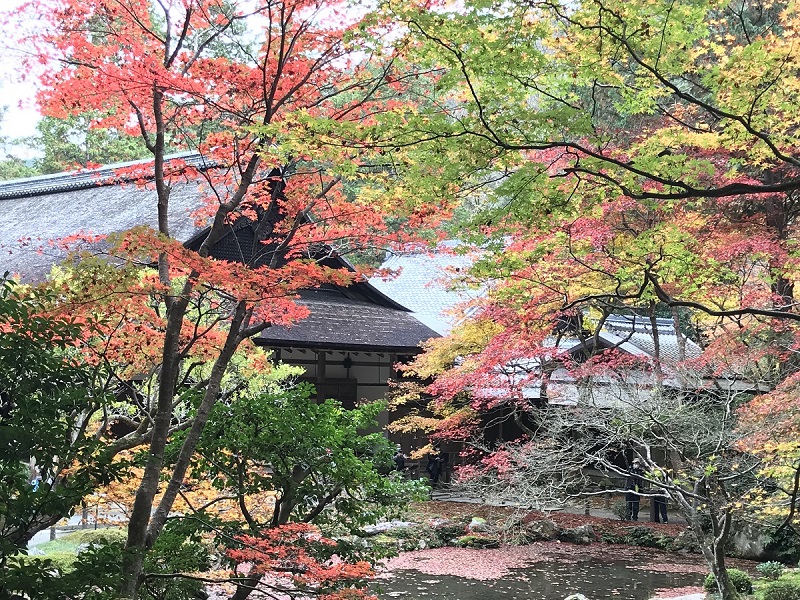
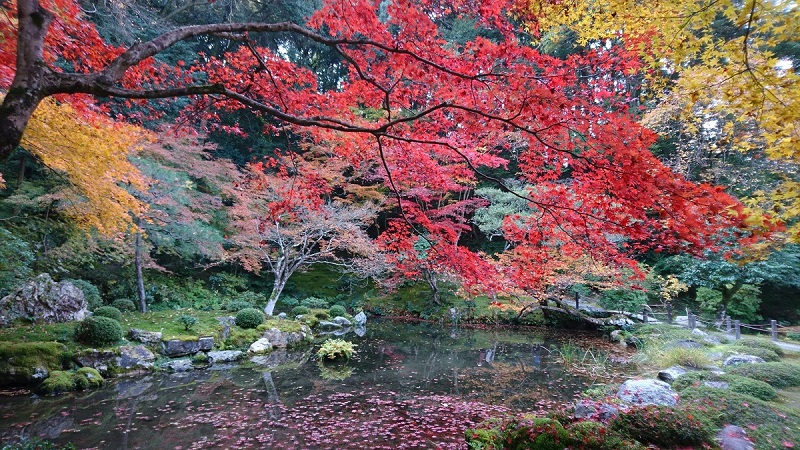
Nanzen-in was constructed on the site of the upper palace of the detached palace and is considered to be the origin of Nanzen-ji Temple. It has a Chisen Kaiyu style garden (a style of Japanese garden with a path around a central pond and spring). It is said that Emperor Kameyama created the garden at the end of the Kamakura period. You can take a walk around the garden and be healed by the beauty of the bright autumn leaves.
SUIROKAKU, Lake Biwa Canal
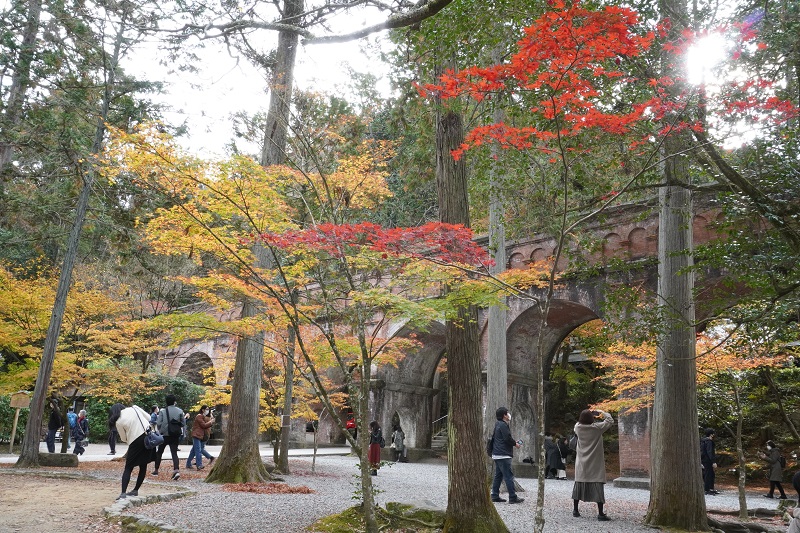
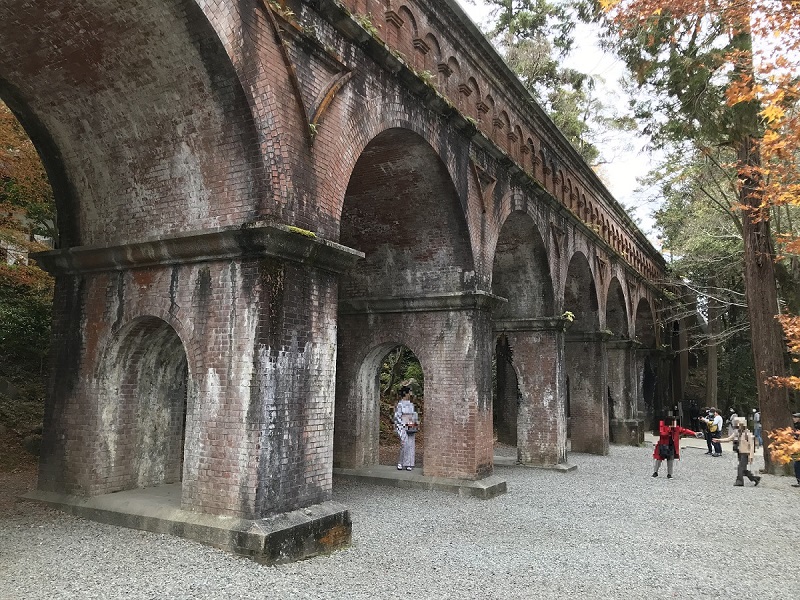
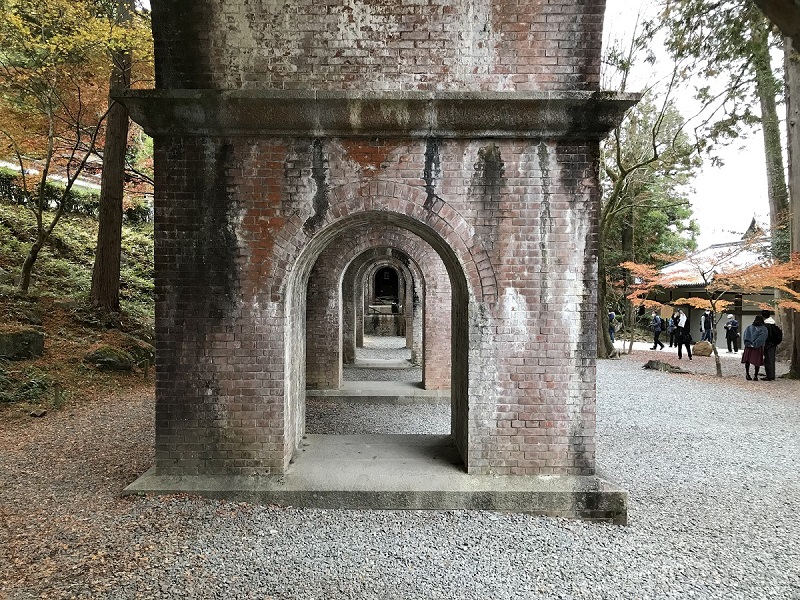
Suiro-kaku is a waterway that was built to transport water from Lake Biwa to Kyoto City. Completed in 1890. The cute arch waterway and the beautiful scenery of autumn leaves are popular shooting spots in Kyoto. If you shoot from under the waterway, the arches will overlap and the composition will be wonderful.
Access
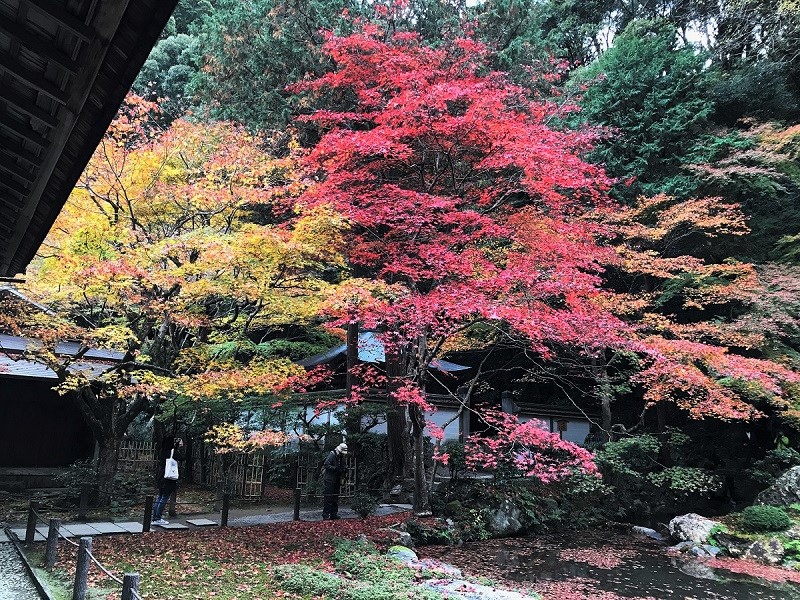
3 minutes walk from the city bus “Nanzenji Eikando Road” bus stop
Click here for information of EIKAN-do Temple.
Click here for shops around here.